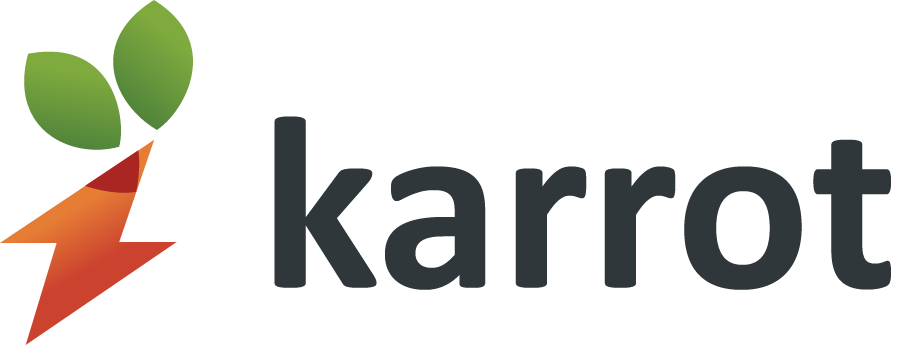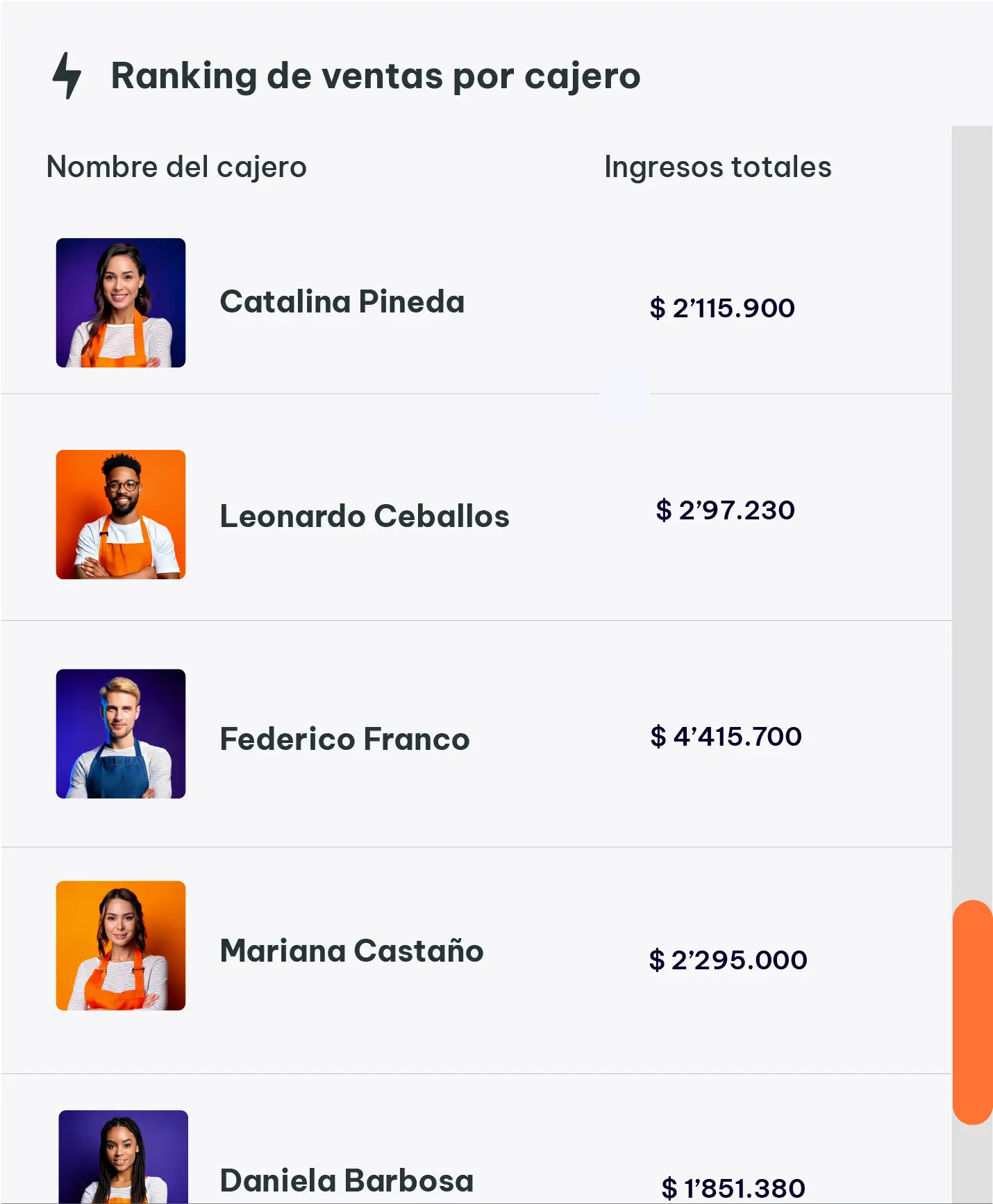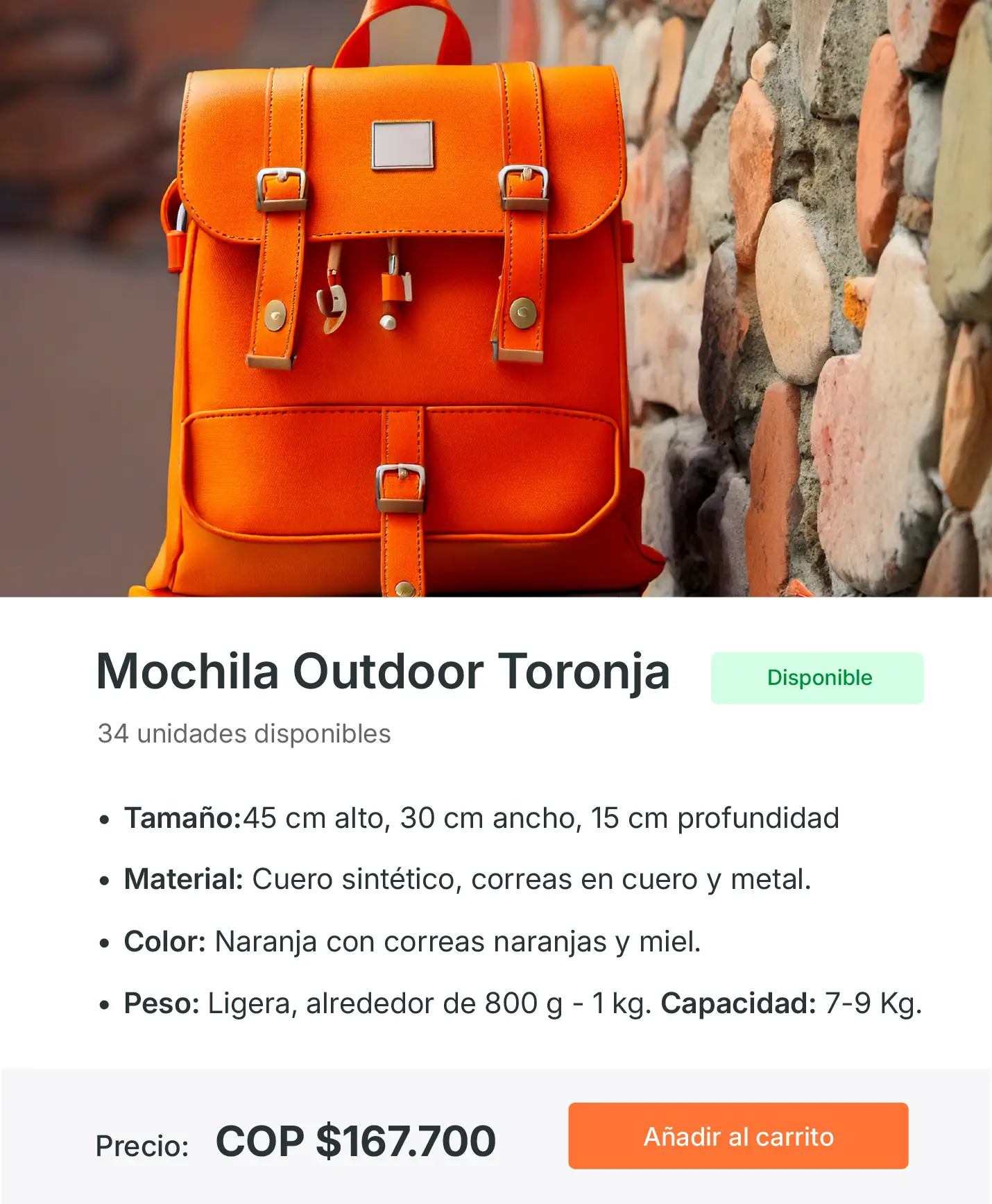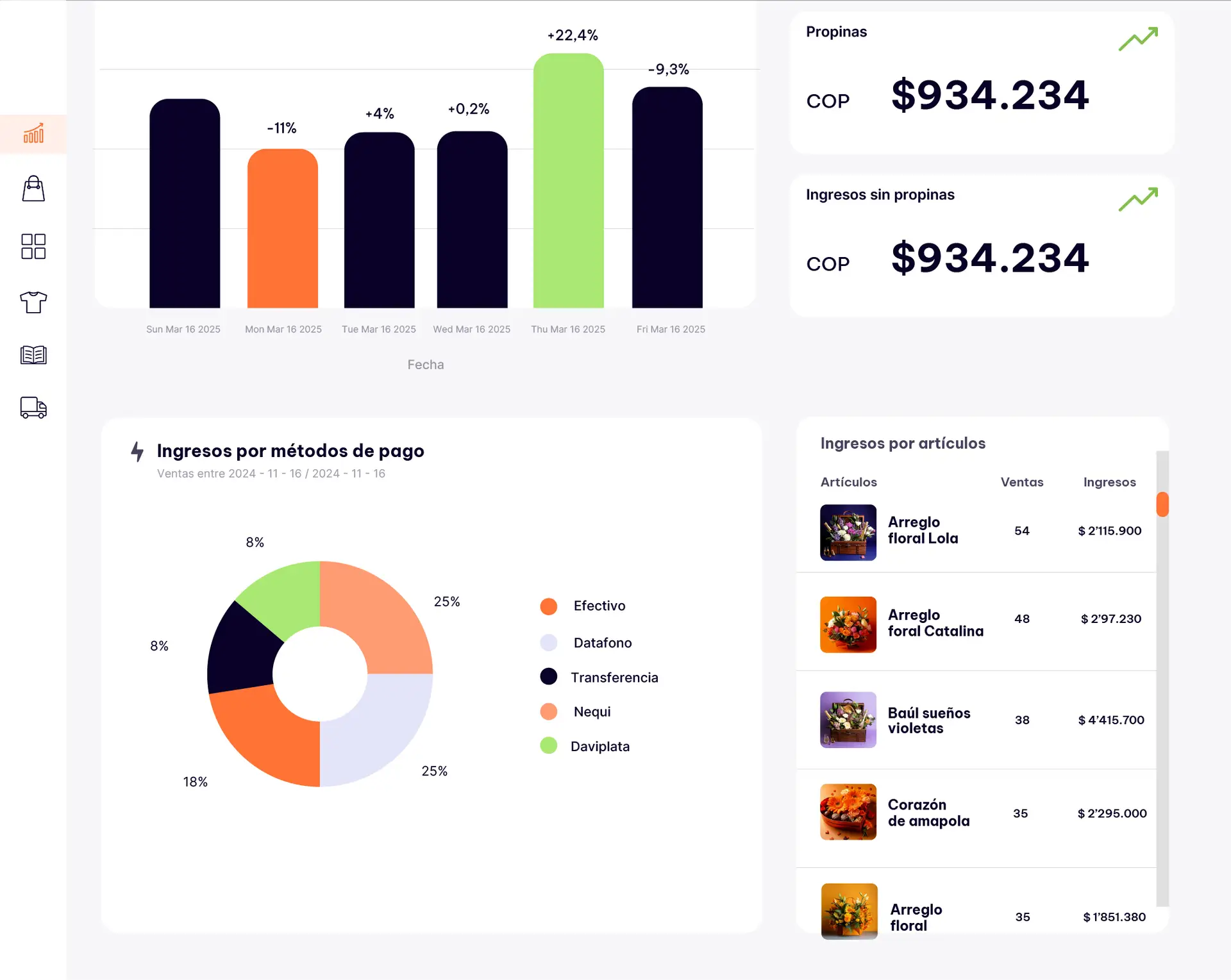Introduction: When Growth Feels Like Guesswork
Running a retail business isn’t always about strategy. Sometimes, it’s about survival. You’re working long hours, putting out fires, reacting to problems, and hoping next month will be better than the last.
But at some point, every business owner asks:
“Am I actually growing — or just holding things together?”
This is one of the most important questions you can ask. Because the truth is: not all growth looks like growth. More customers don’t always mean more profit. More hours don’t always mean progress. More products don’t always mean impact.
Many small retailers confuse movement with momentum. They add more to their plate without knowing if it’s the right thing, at the right time, for the right stage of their business.
That’s why understanding your current growth stage is so critical.
Every retail business moves through different phases — and each one requires a different mindset, focus, and strategy. What works for a business that’s just surviving won’t work for one that’s ready to scale. And vice versa.
This article will help you identify where you are right now — and what matters most to get to the next level.
We’ll explore five common stages that small and mid-sized retailers experience:
- Surviving
- Stabilizing
- Growing
- Scaling
- Leading
You’ll learn what each stage looks like, the biggest traps to avoid, and the most important things to focus on right now — whether you’re feeling stuck or starting to take off.
Let’s begin at the beginning: the most exhausting — and humbling — stage of all.
1. Surviving: Keeping the Lights On
This is the startup stage most retail businesses go through. You’re open, but everything feels hard. You’re constantly reacting, rarely resting, and questioning whether you made the right decision.
What it looks like:
- Sales are unpredictable or too low to cover costs
- You’re wearing all the hats (cashier, cleaner, accountant)
- You’re unsure who your ideal customer is
- Your pricing may be guesswork, not strategy
- You feel overwhelmed most days
Common thoughts:
“Will we make enough this month?”
“I don’t even have time to plan.”
“I can’t afford to hire help — but I can’t do this alone.”
What to focus on:
- Cash flow clarity: Know your break-even point. Track every peso.
- Customer basics: Start identifying who buys from you and why.
- Simple wins: Focus on a few small actions that bring cash in quickly (e.g., bundles, upsells, WhatsApp outreach).
- Self-care: You’re the engine right now. Don’t burn out before you build.
Example:
Lucía opened her mini-market six months ago. She does everything herself. Some weeks she sells out; others are painfully slow. Once she starts tracking daily income and focusing on her 10 most loyal customers, she feels more in control — even if sales are still tight.
Practical Exercise:
Write down:
- How much you need monthly to survive
- Your top 3 best-selling products
- The top 3 customers who buy most often
Then brainstorm 1 small action per day that could increase each one.
2. Stabilizing: Building the Base
You’ve survived the initial chaos. Now it’s time to build structure so your business isn’t just surviving — but functioning with more order and consistency.
What it looks like:
- Sales are more predictable, but still fragile
- You’ve identified your best-selling items and peak hours
- You’re starting to understand your audience
- You might have 1–2 helpers or a POS system
- You still do a lot — but things aren’t as chaotic
Common thoughts:
“We’re getting there.”
“I just wish I had more time to plan.”
“How do I grow without breaking what I’ve built?”
What to focus on:
- Processes: Start documenting how you do things. Even simple checklists help.
- Inventory management: Know what to order, when, and how often.
- Customer relationships: Begin a basic CRM — even if it’s in Excel.
- Time control: Block time each week to work on the business, not just in it.
Example:
Juan runs a small bakery. He finally hired one assistant and uses a basic system to track inventory. Now he spends every Wednesday morning analyzing sales trends and testing new promos — something he never had time for before.
Practical Exercise:
Choose one repetitive task (stocking, closing, restocking). Write down the exact steps. Share them with your team or review them yourself. Can you improve or delegate part of it?
3. Growing: Moving with Intention
This is where momentum kicks in. You’re no longer just keeping things together — you’re actively pushing forward. But with growth comes complexity, and the key is to grow intentionally, not chaotically.
What it looks like:
- Sales are up, and new customers are finding you
- You’re running basic campaigns or promotions
- You’re testing new products or services
- You’re starting to think about expansion
- You have more decisions — and more risks
Common thoughts:
“What should I say yes to?”
“Is this the right time to grow?”
“I’m afraid of losing what I’ve built.”
What to focus on:
- Data-based decisions: Let numbers — not feelings — guide what you scale.
- Team development: Start building a culture, not just hiring hands.
- Marketing systems: Create a repeatable plan for reaching and retaining customers.
- Clarity of vision: Define what “growth” means for you — more sales, more time, more reach?
Example:
Valentina owns a beauty shop. After a year of word-of-mouth sales, she launches her Instagram store. She trains her niece to help with packaging and replies. She tracks which days have best engagement and plans her promos around them. Sales go up — without more stress.
Practical Exercise:
Look at the past 3 months. What are the top 2 strategies or channels that drove most of your growth? Double down on them this month — and pause the rest.
4. Scaling: Multiplying What Works
Scaling is the most exciting — and dangerous — stage. You’ve found what works, and now you want to multiply it. But scale isn’t just about doing more. It’s about doing more with efficiency, control, and alignment.
What it looks like:
- You’ve found a product-market fit and built a reliable customer base
- Your systems are working — but being tested by volume
- You’re exploring new channels, locations, or service models
- You’re hiring with purpose
- You feel both empowered and overwhelmed
Common thoughts:
“We need to grow — but without losing what makes us special.”
“My team can’t depend on me for everything anymore.”
“How do I scale without chaos?”
What to focus on:
- Strong leadership: Delegate decision-making, not just tasks.
- Replicable systems: Your playbook should be scalable — whether for opening a second store or launching e-commerce.
- Customer experience: Keep your growing operation personal and connected.
- Cash discipline: Growth consumes cash — track your runway carefully.
Example:
Carlos runs a pet shop that started in a small neighborhood. After proving demand, he opens a second location. Instead of managing both stores himself, he promotes his best employee to manage day-to-day operations and implements the same training and inventory systems in both stores.
Practical Exercise:
List your 3 strongest operational systems (inventory, customer care, order fulfillment, etc.). Then list the 3 that feel weakest. Which one — if improved — would free up the most time or reduce the most stress? Start there.
5. Leading: Beyond the Business
At this stage, your role shifts. You’re no longer just operating the store — you’re leading the vision, guiding the culture, and thinking bigger than daily tasks.
What it looks like:
- You’ve created a brand that customers trust and recognize
- Your team can run the business without constant supervision
- You’re exploring new revenue streams or partnerships
- You’re focused on sustainability and legacy
- You’re mentoring, teaching, or influencing others
Common thoughts:
“What impact do I want my business to have?”
“How do I lead without losing touch with the ground?”
“Where do I want to take this next?”
What to focus on:
- Culture and values: Make your team proud of where they work.
- Innovation: Look ahead. Don’t settle.
- Mentorship: Share your journey and uplift others.
- Systems of succession: Ensure the business can thrive even without you.
Example:
Adriana started a small health food store with her husband. Ten years later, she has four locations, a regional delivery operation, and a loyal team. Now, she spends time mentoring young entrepreneurs and is working with local suppliers to build a more sustainable supply chain.
Practical Exercise:
Write down your biggest personal contribution to your business today. Then ask: could someone else do this with training? What would you do if you had that time back — and how could that grow the business in a different way?
Final Reflection: Grow with Awareness — Not Anxiety
Too many retail businesses treat growth like a race — faster, louder, more. But growth without awareness can be just another form of stress. When you understand what stage you’re in, everything changes.
You stop comparing yourself to others.
You stop chasing strategies that aren’t meant for your stage.
You stop doubting every decision — and start making clearer ones.
You realize that it’s okay to be in the surviving stage — as long as you’re learning.
That stabilizing is not stagnation — it’s foundation.
That growth doesn’t mean doing everything — it means doing the right things.
That scaling isn’t just size — it’s strength.
That leadership isn’t a title — it’s a responsibility.
Every stage has power — if you own it.
So take a deep breath. Be honest about where you are. Celebrate how far you’ve come. And instead of trying to do everything at once, choose one action that fits your stage and your next step.
Because retail doesn’t reward speed — it rewards intention.
You don’t have to leap to the next level. You just have to keep walking — with clarity.
And when you do, you’ll find that the path from surviving to scaling isn’t a straight line… but it is a possible one.
And you’re already on it.
